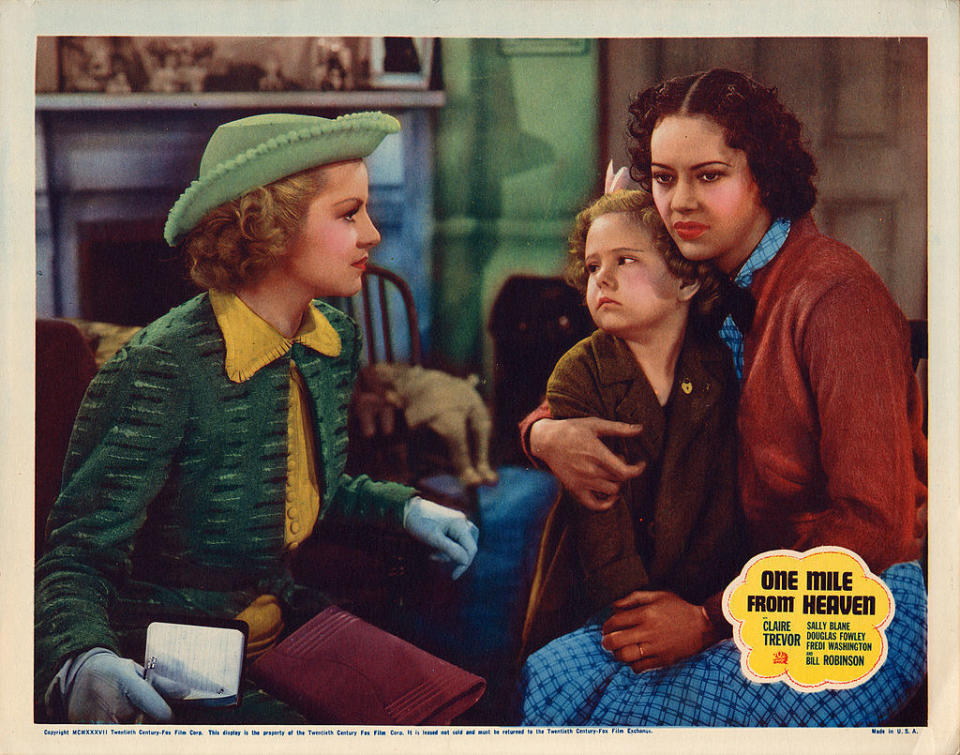19 Facts I Learned This Week, From A Skinny-Dipping President To Sea Otters Holding Hands
- Oops!Something went wrong.Please try again later.
- Oops!Something went wrong.Please try again later.
🚨 Warning: This article contains mentions of murder, violence, and other sensitive topics. 🚨
1.Snow has been detected on Mars, but because of the atmospheric pressure, snowfall is unable to reach the ground and instead vaporizes in the air.
Amon Amarth / Via giphy.com
2.William Patrick Hitler, who was Adolf Hitler's half nephew, was not a fan of his uncle's beliefs. In 1939, he published an article called "Why I Hate My Uncle." In the piece, he detailed tense interactions with his uncle, writing, “I shall never forget the last time he sent for me. He was in a brutal temper when I arrived. Walking back and forth, brandishing his horsehide whip, he shouted insults at my head as if he were delivering a political oration.”
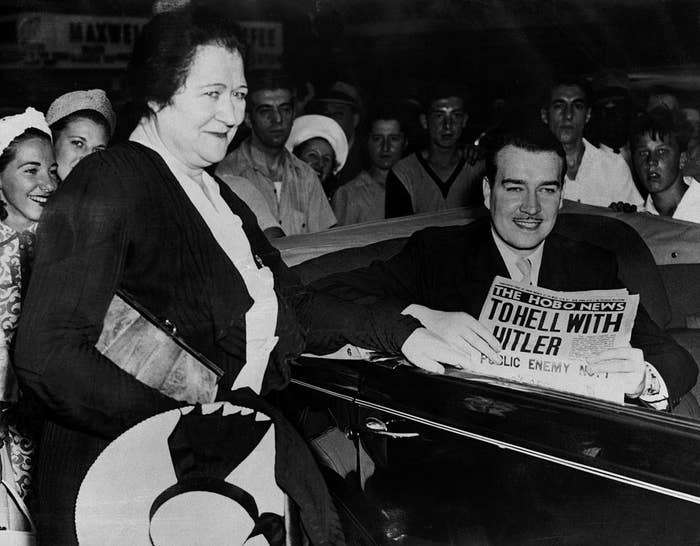
After the article was released, William moved to the United States and changed his name to William Stuart-Houston. He also attempted to enlist in the Army to fight in World War II. His initial attempts to enlist were denied because of his family connections, so William sent a passionate letter to President Franklin Delano Roosevelt, who then permitted William to join the Navy.

3.If you ever see a bird with Cheetos claws, this is why. Ornithologists often use Cheetos to study how crows compete for food. Rhea Esposito developed the idea after she realized how difficult it was to spot traditional food during observations. The orange dust from the Cheetos made it much easier to conduct their experiments.
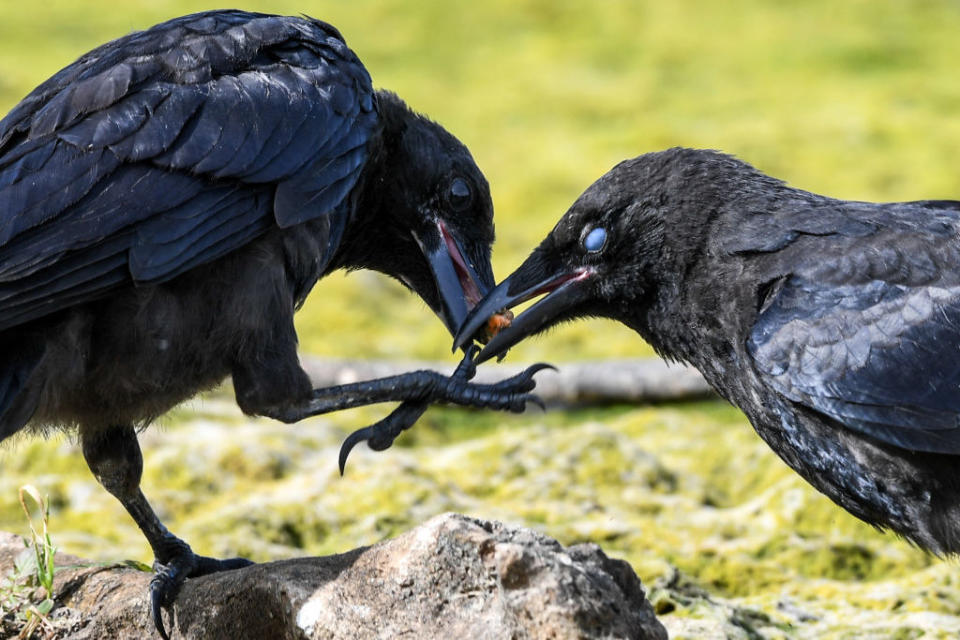
4.President John Quincy Adams was an avid skinny-dipper. In fact, he used to skinny-dip in the Potomac River every morning. While it wasn't super uncommon to swim naked back in the 1800s, Adams recounted a few times when his clothes were swept up by the tide, meaning there was a chance people had spotted the president heading home in the nude.

5.Hedgehogs can suffer from “balloon syndrome," in which they inflate upon injury or infection and then need to be deflated. In some cases, hedgehogs will go from the size of a softball to the size of a basketball because of gas trapped under their skin. As their bodies inflate, it makes breathing increasingly difficult, but the rare syndrome can be fixed with surgical incisions.

6.Up until 1857, the US produced half-cent coins, which were the lowest-value coin ever minted in the US. Production on the coins began in 1792, and they were worth 1/200 of a dollar and made of pure copper. Despite the name and low value, the coins were actually nearly the size of a quarter. The half cent was discontinued with the Coinage Act of 1857, which revamped the coin system used in America. Some half-cent coins are now worth upward of $20,000.
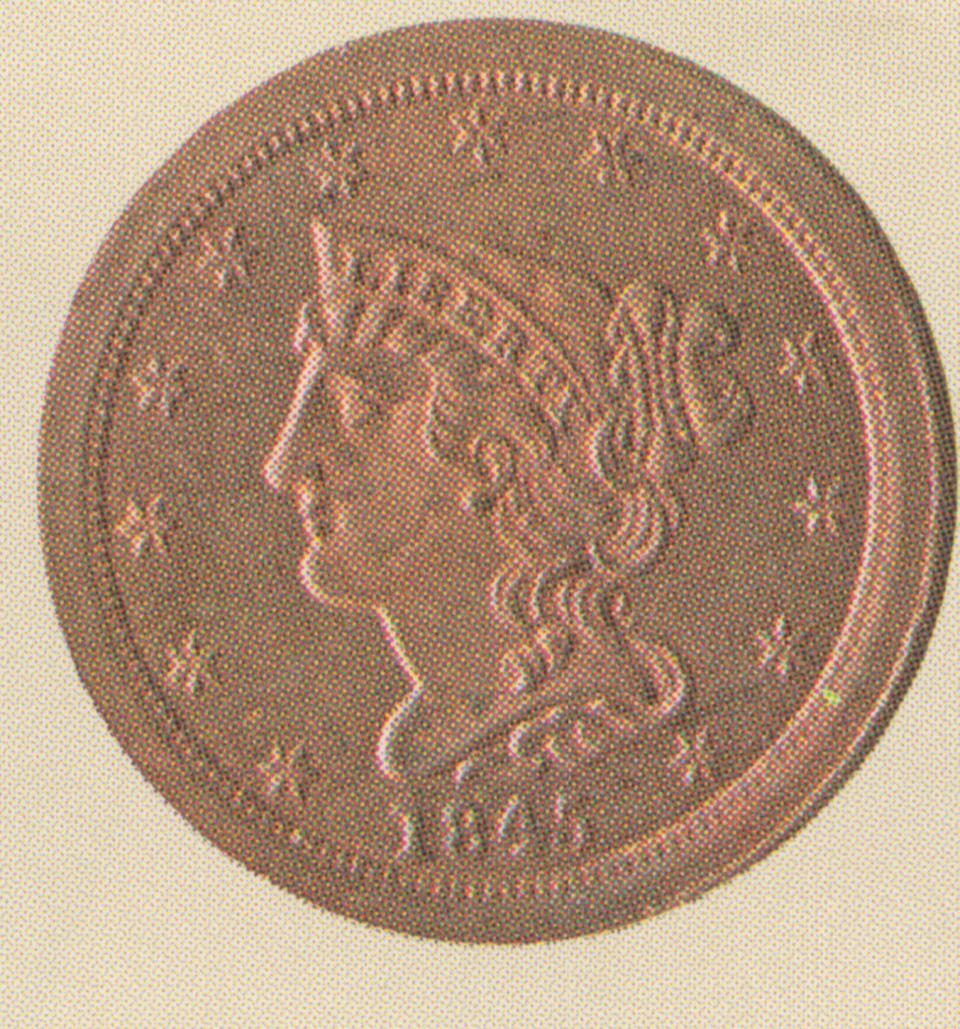
7.In 1944, 18-year-old Robert Earl Hughes was drafted in the Army. The issue? Hughes weighed over 700 pounds and was considered the heaviest human on Earth. Despite his weight, Hughes was completely mobile and could walk on his own. He ended up serving for 21 months before he was discharged. Hughes went on to perform at carnivals. Upon his death in 1958, he weighed 1,041 pounds.
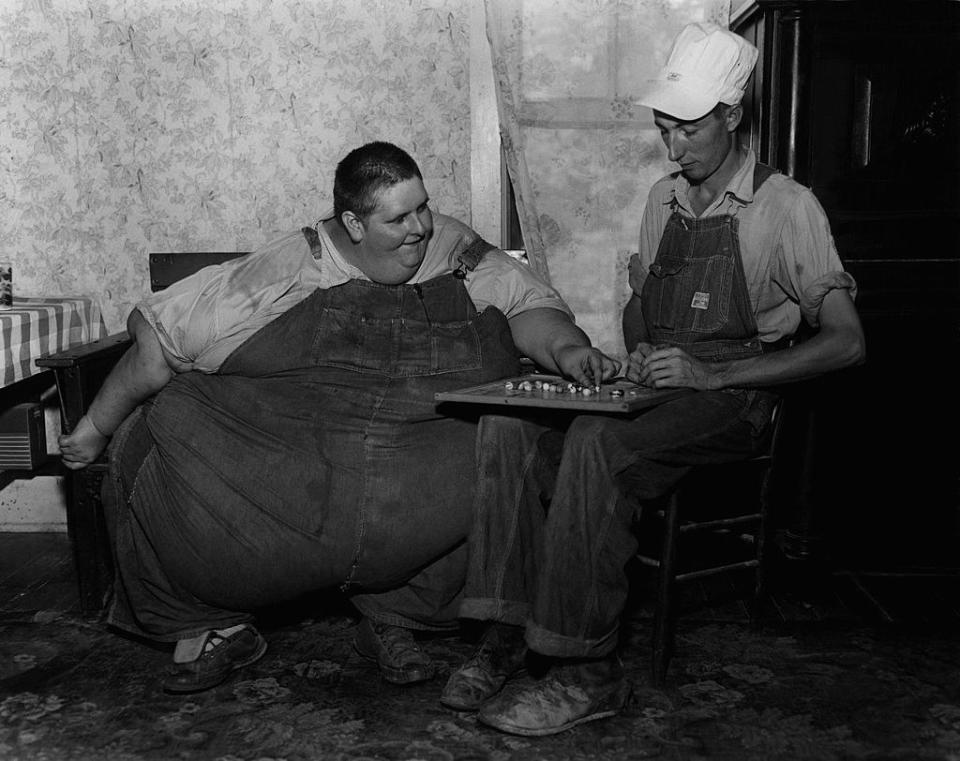
8.Dennis Rader, who was known as the BTK Killer — for "bind, torture, kill" — killed 10 people in Wichita, Kansas, in the 1970s. He killed his first victim in 1974 by severing a family's phone line and killing their two youngest children, leaving their bodies for the older siblings to find when they came home from school. He continued on his killing spree, stabbing a woman to death.

A young man turned himself in for the crimes, but Rader called the police station and told them that the man only confessed for publicity. He directed the police to a letter hidden in a book at the public library. The letter read: "Those three dude you have in custody are just talking to get publicity ... The code words for me will be ... Bind them, torture them, kill them, B.T.K., you see he at it again. They will be on the next victim." From then on, the BTK Killer became notorious for misspellings. Rader continued his killing spree, occasionally tipping off authorities via pay phone. By 1979, Rader had stopped his crimes, but police were still struggling to figure out who he was.

In 1985, Rader returned to killing and strangled his neighbor. He committed his final murder in 1991. Police still could not track down the BTK Killer's identity. In 2004, the Wichita Eagle ran an article about the killings on the 30th anniversary of the first murder. Rader admitted that the article inspired him to come back, and he began leaving clues via postcards, crossword puzzles, and mysterious messages. Police still could not crack the case but planted a coded message in a newspaper ad. Rader responded, asking if he could be traced through a message sent on a floppy disk. After he sent the disk, the police were able to use the disk's metadata to trace it to Christ Lutheran Church, where Rader was president. He was arrested in 2005 and was sentenced to 10 consecutive life sentences.
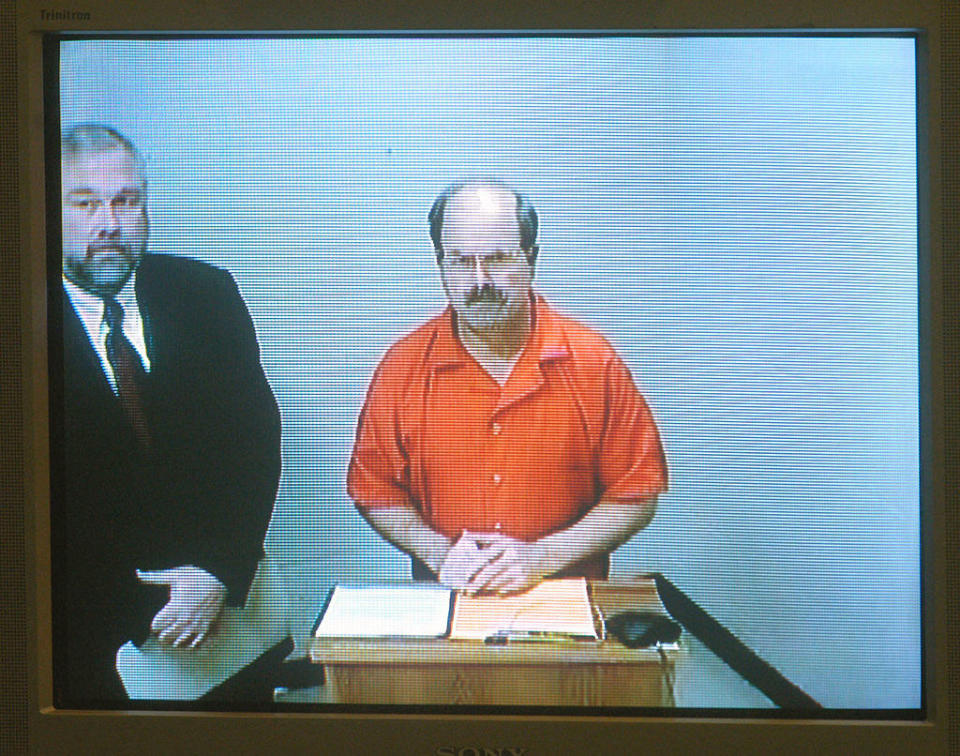
9.During World War II, both German soldiers and the Allies listened to the nightly broadcast of “Lili Marlene,” a love song that was totally unknown before the war. It came on at 9:55 every evening and was typically a moment of calm during warfare. The song was written during World War I by Hans Leip, who was a German soldier, and was addressed to two of Leip’s girlfriends, Lili and Marlene.
10.This fact is extremely disturbing to me: While dead bones are dry and brittle, your living bones are actually wet. In fact, they're also kind of soft and flexible so that they can absorb pressure. Up to a third of the weight of a living bone is water.
Fox / Via giphy.com
11.On the cover of the Beatles' Sgt. Pepper’s Lonely Hearts Club Band album, John Lennon posed wearing five antique military medals. Those medals actually belonged to Pete Best's grandfather. Best was the drummer who had been kicked out of the Beatles right before they hit it big.
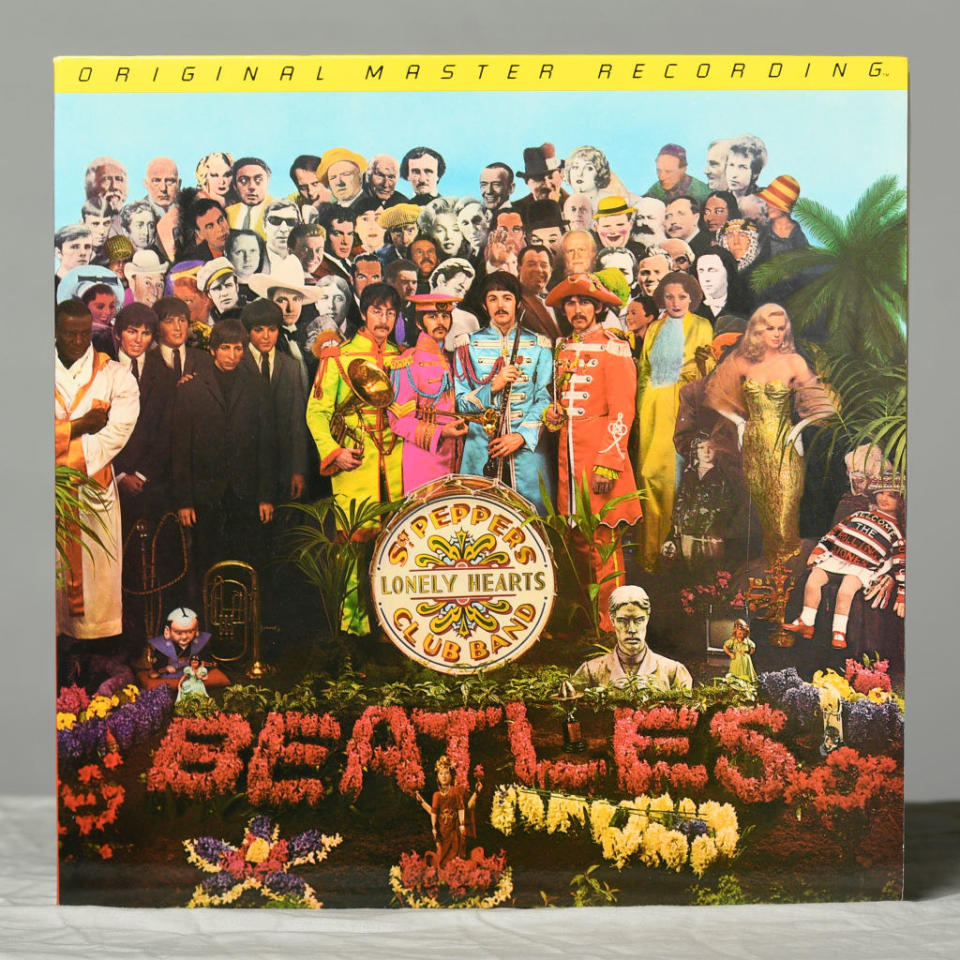
So why was Best kicked out of the band? Some believe that the band's management thought that he was too conventionally good-looking compared with the other band members. Others claim that his personality didn't fit in with those of his bandmates. Despite the fact that Best was forced out of the band, there was no bad blood about Lennon wearing the medals: He called Best's mom to ensure it was okay that he sported them on the cover.
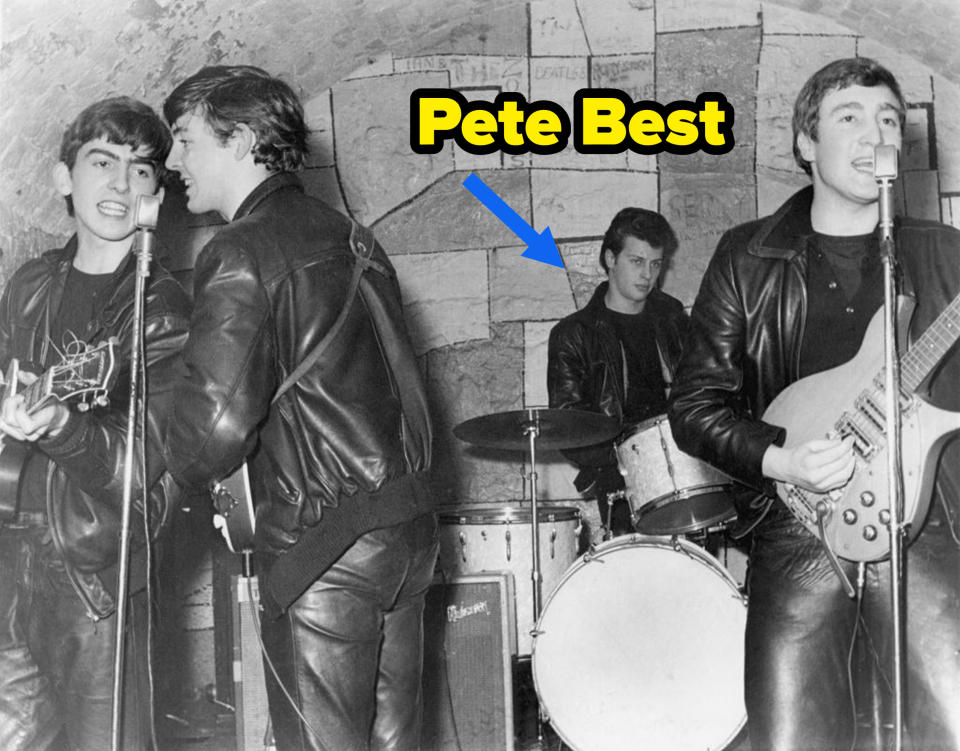
12.In 1890, Eugene Schiffelin, a massive Shakespeare fan, decided he wanted to import each species of bird mentioned in Shakespeare’s works that was absent from the US. Schiffelin released two flocks of starlings in Central Park. The birds began breeding, and now there are over 200 million starlings in America. The birds are such a nuisance that they are one of the few species that aren't protected by law.
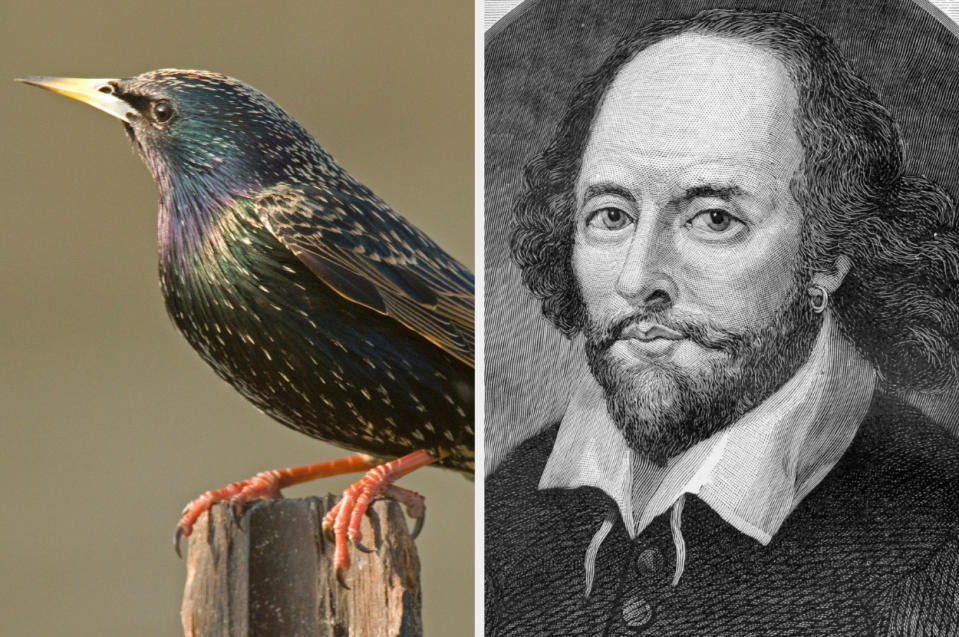
13.Some believe that Princess Diana predicted her own death after a note she wrote in 1995 resurfaced years after her 1997 death. The note read, “My husband is planning ‘an accident’ in my car, brake failure and serious head injury." In the years following her divorce from Prince Charles, Diana had notably been paranoid that the British royal family had bugged her apartment and tampered with her car. Princess Diana died after a car accident in Paris.

14.In 1968, Dennis Wilson, a member of the Beach Boys, picked up two women who were hitchhiking in California. The women told Wilson about meditation and promised to introduce him to their spiritual guru, who was none other than Charles Manson. Manson and Wilson became fast friends. During the summer of 1968, Manson and 20 of his fellow cult members frequently stayed at Wilson's home. At the time, Manson was interested in music and thought he could leverage the friendship with Wilson into a record deal. The other Beach Boys recalled being creeped out by Manson and wondered why Wilson was so enamored of him.
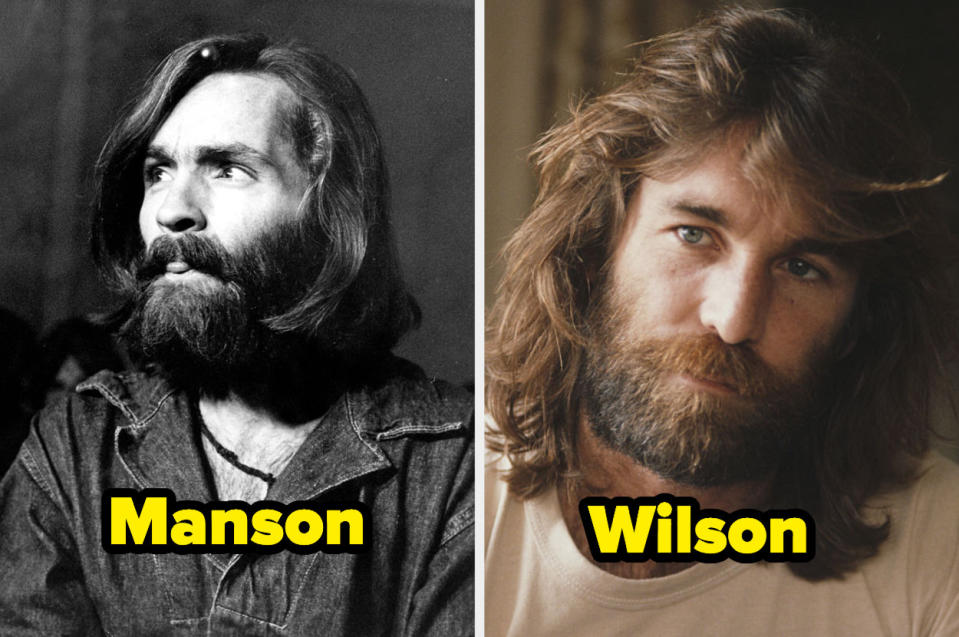
Despite this, Manson recorded a song through the Beach Boys' label. During the session, Manson pulled a knife on one of the sound engineers, promptly ending the session. By the end of the summer, Wilson had become fed up with Manson and had spent an estimated $100,000 on expenses from Manson and his cult staying on his property. Wilson moved out of the rented property, leaving his landlord to evict Manson. Wilson also stole one of the songs Manson recorded and renamed it "Never Learn Not to Love." When Manson found out about this, he showed Wilson a bullet and told him to protect his family. During this altercation, Wilson beat Manson up and officially ended their friendship. Months later, in 1969, Manson began his infamous killings after he learned that the record deal was never coming. People close to Wilson said the singer felt guilty about his association with the serial killer until his death at 39.
15.Clearly, Elvis Presley didn't care about the haters. In fact, his manager devised a genius plan to ensure he could make money off of them! During the height of the King's fame, his manager sold “I Hate Elvis” pins. By the end of 1957, Elvis-themed merchandise had grossed over $22 million.
Elvis Presley / Via giphy.com
16.Sea otters hold hands while they sleep. While it happens to look incredibly sweet, the hand-holding actually serves a purpose: It prevents the otters from drifting and becoming separated in the water at night.

17.We all know the value of pi to be 3.14, but in 1897, Indiana state legislators tried to pass a bill that would have legally redefined the value of pi as 3.2. The bill was written not just to make pi a little bit easier to remember but also to challenge the mathematical principle that defines a circle after a mathematician claimed he had debunked the principles discovered in ancient Greece. The bill was shot down, and the value of pi remains the same to this day.
Netflix / Via giphy.com
18.Looks as if the grandparents from Willy Wonka and the Chocolate Factory were on to something! In the medieval era, beds were so expensive that even fairly well-off families could afford only one bed, forcing the entire family to sleep in bed together. Families often assigned sleeping spots depending on age and gender, and if the family had overnight guests, they would invite them to sleep in the bed as well. Even though it had be a rather cramped way to sleep, families allegedly loved the bonding experience and feeling of community.

19.And finally, Fredi Washington was a Black actor who refused to pass as white in order to get better roles. Although Washington's skin was light enough to allow her to pass as white, she decided she was too proud of her heritage to do so. Instead, she immersed herself in the Harlem Renaissance, during which she met Duke Ellington. By the 1930s, Washington was touring the South with Ellington and his band and watched the group constantly face racist remarks. Washington was able to avoid the racism and even went into whites-only restaurants to pick up food for the band.

As Washington became more famous, she was offered opportunities to "pass" in order to get better roles. She declined the offers and made her acting debut in 1934's Imitation of Life, in which she played the daughter of a Black housekeeper. The movie became a hit, and the trailer featuring Washington was shown in segregated movie theaters. Despite this success, Washington still struggled to find work. By 1937, she had quit acting and helped found the Negro Actors Guild of America, a group that pushed for better roles and working conditions for Black performers.
